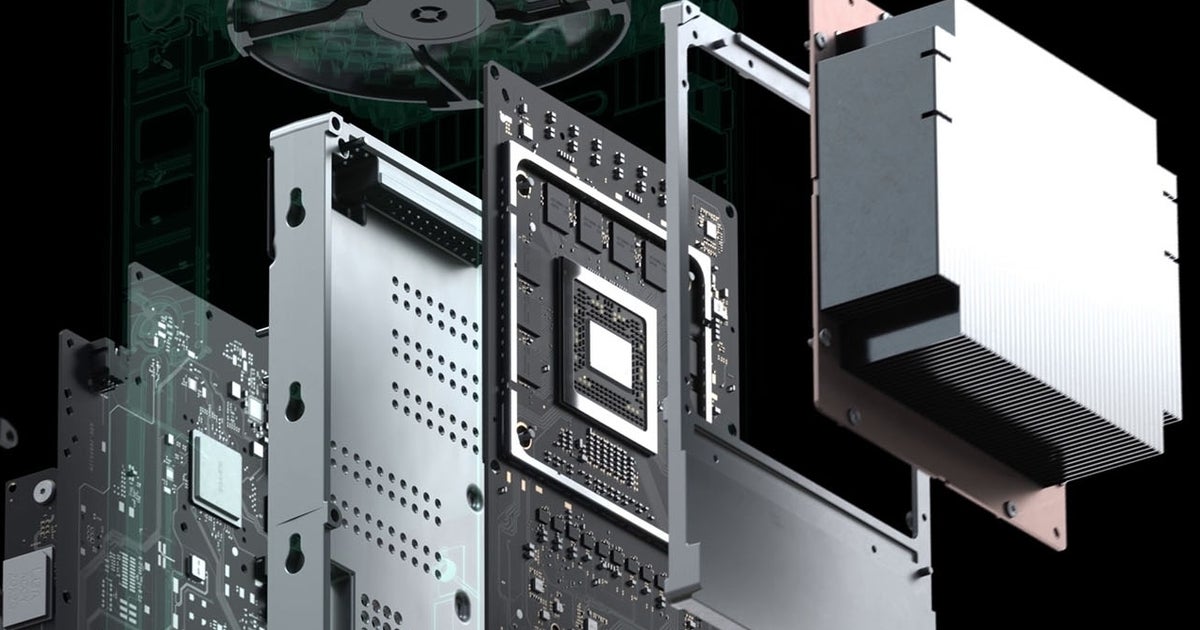Microsoft did not add the hardware, though. RPM for INT4 and INT8 is an inherent feature of RDNA1, much less RDNA2 that'll be used in the consoles. Both XSX and PS5 will have this feature. It's an extension of the FP16 version you may have heard of in regards to PS4 Pro.
"We knew that many inference algorithms need only 8-bit and 4-bit integer positions for weights and the math operations involving those weights comprise the bulk of the performance overhead for those algorithms," says Andrew Goossen. "So we added special hardware support for this specific scenario. The result is that Series X offers 49 TOPS for 8-bit integer operations and 97 TOPS for 4-bit integer operations. Note that the weights are integers, so those are TOPS and not TFLOPs. The net result is that Series X offers unparalleled intelligence for machine learning."

Inside Xbox Series X: the full specs
This is it. After months of teaser trailers, blog posts and even the occasional leak, we can finally reveal firm, hard …
We still do not know if PS5 supports increased rate int8.
XSX does.
XSX is like 49 int8 TOPs - RTX 2080 Ti is 220 at ca. 1500mhz (most 2080 Tis run at 1800-1950 mhz in real life though).





